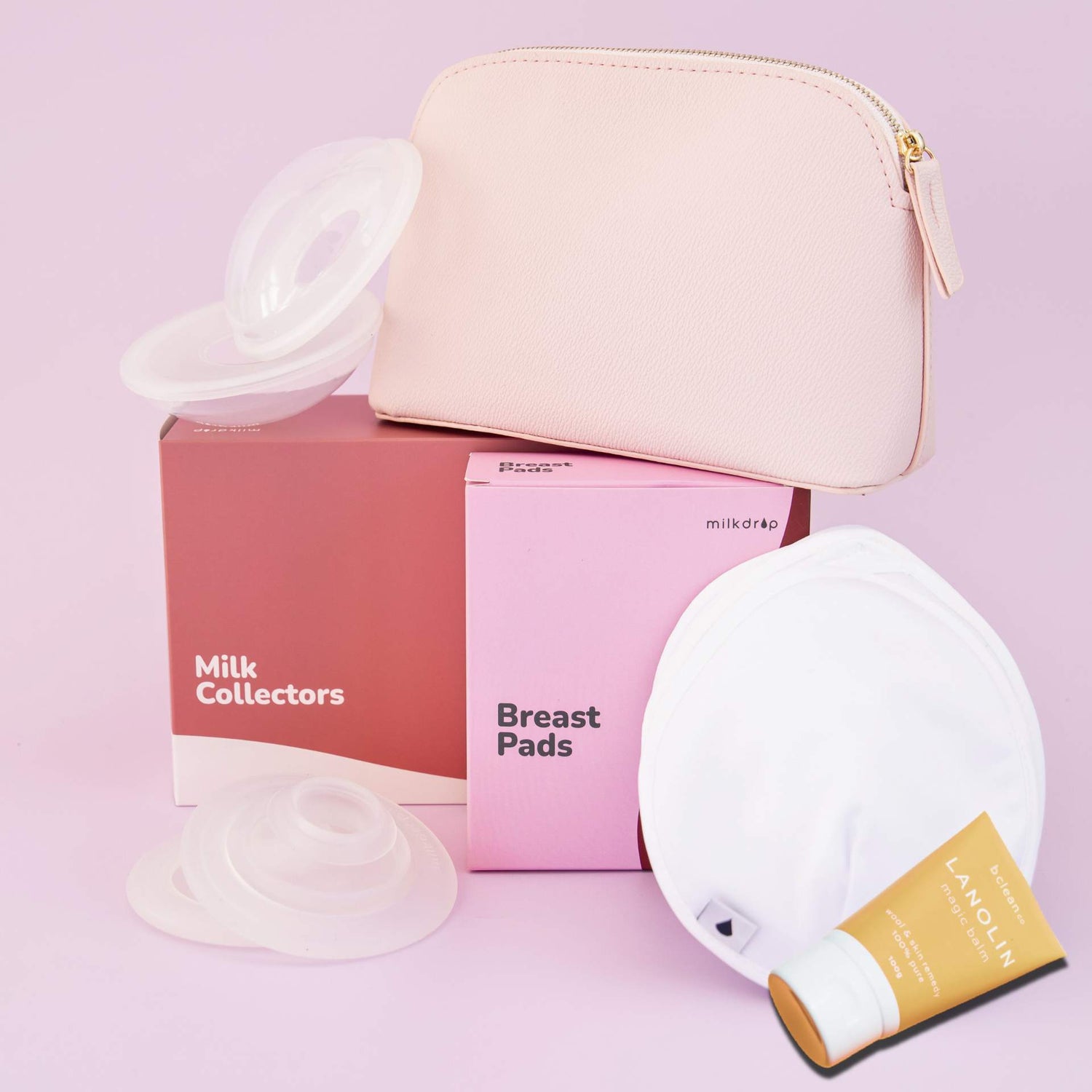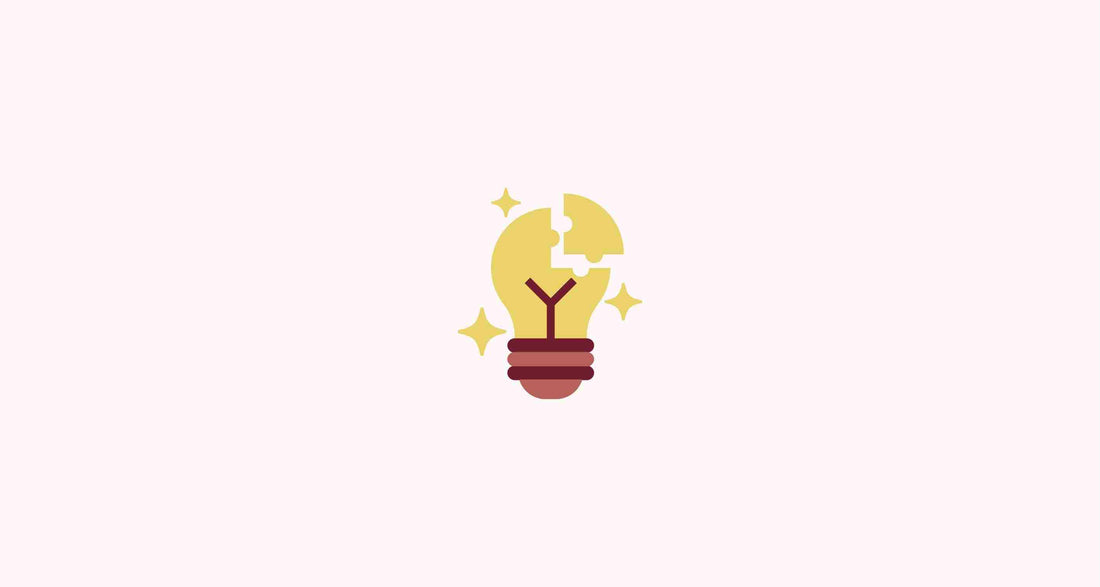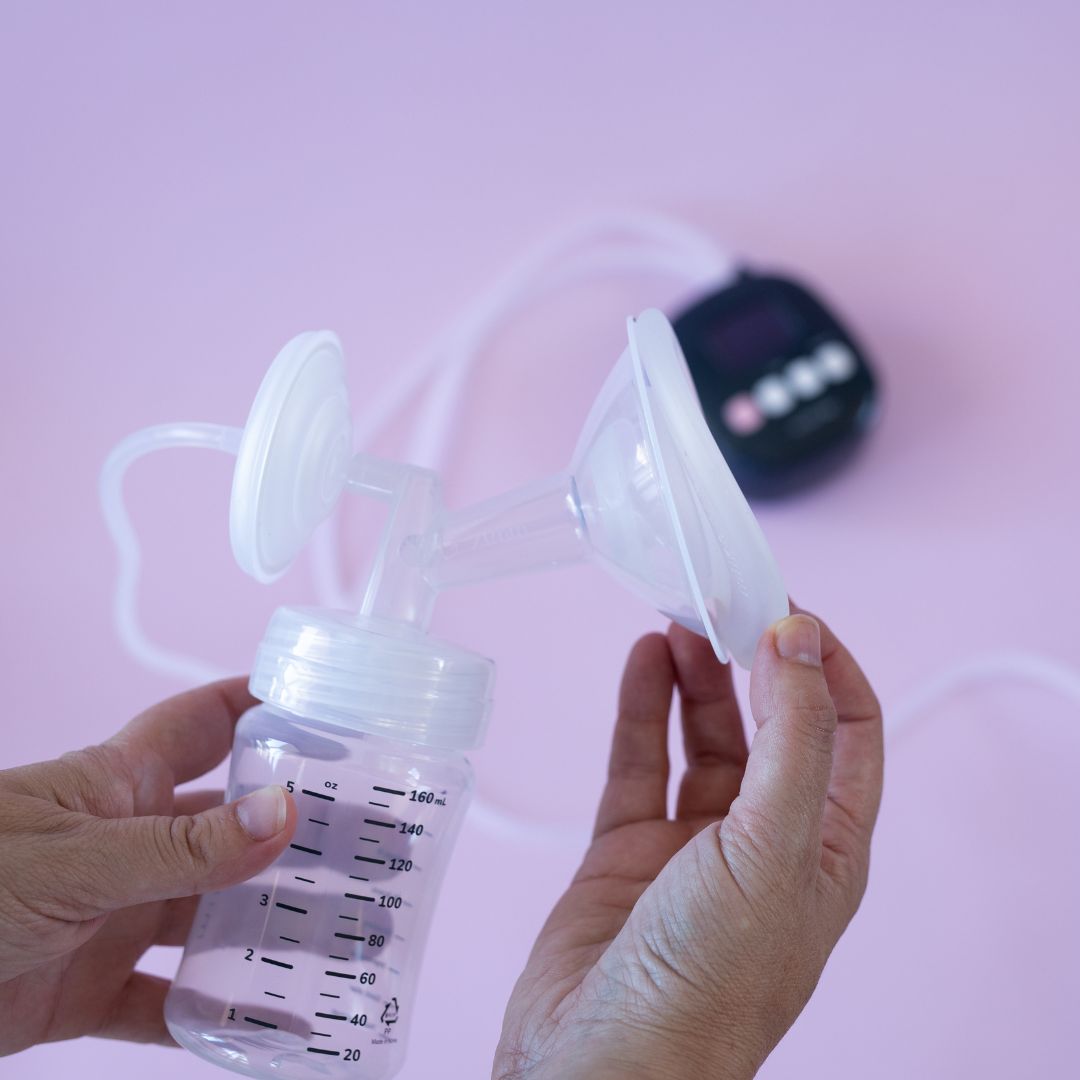Solving big problems = lots of opportunities to get stuck.
When I feel like we’re spinning our wheels, I use this trick in the brainstorming or problem solving phase. It’s best done in groups, so if you’re on your own, try to find some people to join you who can bring different viewpoints. Bonus points if you reach out to a potential customer - 99% of the time they know the answers better than you do anyway, and they’ll likely bring a unique perspective you might never have considered.
Here’s the step-by-step:
- Get everyone around the table/screen
- Explain the problem that you’re having – try to keep it concise. Cover the context, the problem, and any key constraints. Here’s a hypothetical:
- Context: We’re in a house
- Problem: We need to reach the ceiling to change a lightbulb
- Constraints: We can’t use a ladder
- Answer any questions from the group about the problem to make sure you’ve defined it well.
- Have everyone take a sheet of paper, fold it in half, fold that half into thirds, then open it back up to have 6 squares on your page
- Set a timer for 2 minutes.
- Ask everyone to draw/sketch out a solution or an idea in one of the squares within the 2 minute timeframe.
- Then ask them to do this 5 more times (one solution for each square on their paper), each with a time limit of 1 minute.
Here’s what it looks like in 10 seconds:
I like this approach because:
- Giving yourself a time limit forces you to have rapid-fire ideas to the problem. You don’t have time to get bogged down into the details.
- More brains are better than one. If you have a group of 4, you’ll have 24 new ideas in 7 minutes.
- It’s a fun way to get the juices flowing, and we all know your brain works better when you’re having fun!
- You’ll get all the junk ideas out onto the table, freeing yourself up to put a bit more time into the ones that make sense.
I’ve used this technique on problems like:
- Coming up with how to leverage flagship content pieces in different ways on social media.
- Identifying which products to bring to market next.
- Discovering new ways to reach your target audience.
- Working out messaging around a particular problem, for example, we used it to think of different ways to communicate why our product was more expensive but better value in the long run.
- Developing ideas for speaker pitches for upcoming conferences.
- Brainstorming different geometries to try to better connect our cushions to different breast pump flange types
- Coming up with clever configurations for packaging design that would suit a number of different products and sizes without having to re-print
And yes, you probably could bung all of the above into ChatGPT and get some decent outputs, but be sure to sense check the (gender-biased) results from generative AI. I will often use these tools to do some of the initial research, refine the problem, and get clearer on what’s really at the heart of what we’re trying to solve before we dig deeper.
Would you use a technique like this? Have you? I’d love to learn more about any modifications you’ve made to this approach to get better results, or if you’re planning on using it to solve a problem in your own project. Contact me at hello@milkdroppumps.com.


